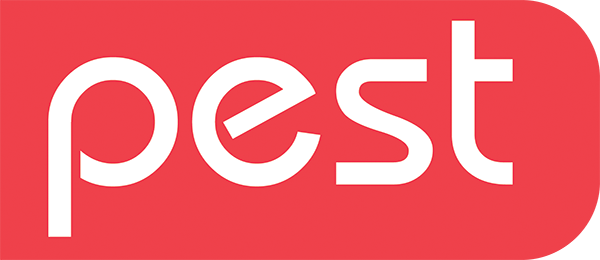When it comes to the environment, Europe is often thought to be much greener than the USA. But, speaking at the Eurocido pest control event in Dortmund Germany on 15 February, Bob Rosenberg from the American national association, the NPMA, showed how consumer research on green issues is influencing the way many of the biggest pest control companies now operate in the USA.
Cynics will accuse any industry associated with the use of chemicals which sets out to be green as doing so merely as a marketing ploy. This may be true and there is no arguing with the fact that companies do respond to the profit motive, whatever industry they are in. But, changing the way a service is delivered to better meet customer needs is good business sense and if that means doing things in a greener fashion then why not. Essentially that is what has happened in the US pest management market and it has resulted in the introduction of the NPMA’s GreenPro standard.
|
It is true to say that the American public was much later than its European counterpart to wake up to green ideas. Back in the 1980s, green was a hugely popular concept in Europe, particularly northern Europe, and its influence has continued to the present day; albeit with some ups and downs usually in line with economic circumstances as the more affluent society is, the greener it can afford to be. However in more recent years the USA has been catching up. Indeed research in 2008 by the National Resources Defense Council, an influential NGO (Non-Governmental Organisation) in the USA, showed that 84% of Americans thought it a moral obligation to care for the environment, 86% already participated in at least one green activity and 78% were willing to make a lifestyle change for the good of the environment. Clearly consumers were looking for green products and services. About the same time, the NPMA conducted its own market research with consumers in the residential pest control market. One of the first things they learned was that consumers are confused about what IPM means. On the other hand, they clearly identified with the description ‘green pest management’. |
|
|
The NPMA research also revealed that most consumers believed that a pest service could be green, the majority of pest service users said they would seek out green pest solutions and more than half would be likely to pay a premium for green pest services.
Taking these initial findings, NPMA commissioned a number of focus groups to explore, in more depth, exactly what consumers expected from a greener pest management service. Concerns were expressed about whether going green was just a marketing ploy and one very important pre-condition emerged. There could be no compromise on efficacy. Green pest management has to be effective.
The result from all this research was the introduction in 2010 of the GreenPro standard – a way for US pest management companies to prove their green credentials. Aware that consumers would be sceptical of anything produced in-house, the standard has been developed through collaboration with a broad range of organisations including the US Environmental Protection Agency (EPA), the National Center for Healthy Housing and state pesticide regulators and in a very open fashion. As Bob Rosenberg explained: “The result is that if you call the EPA today and ask for a green pest management service they will refer you to a GreenPro company.”
“The industry was also very aware that the GreenPro must not be seen as a green wash! It had to be the real thing,” he said. “We set out a clear programme that GreenPro companies must meet to be accepted onto the standard complete with independent field audits.”
In addition, and very importantly, the GreenPro advisory committee is not just made up of pest management professionals. “The 10 member board, who all have a vote, include NGOs and federal and state regulators,” he explained.
So how successful has GreenPro been?
Bob Rosenberg admits that it has only been moderately successful if you measure it in terms of the number of companies joining. However it is the bigger companies that have taken it up. The 125 GreenPro members (out of the 1900 total NPMA membership) account for around half of the US pest management revenue – that’s some $3 billion! Moreover, the whole initiative has helped the industry’s profile with influential organisations like the National Center for Healthy Housing, the US EPA, the Natural Resources Defense Council and the US Energy Department – and that’s definitely no bad thing.


